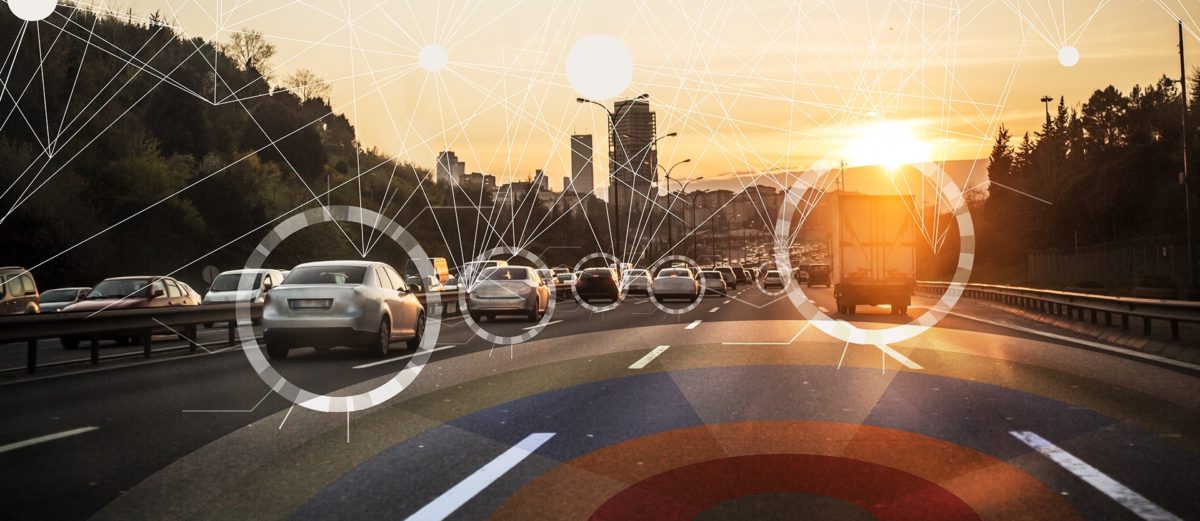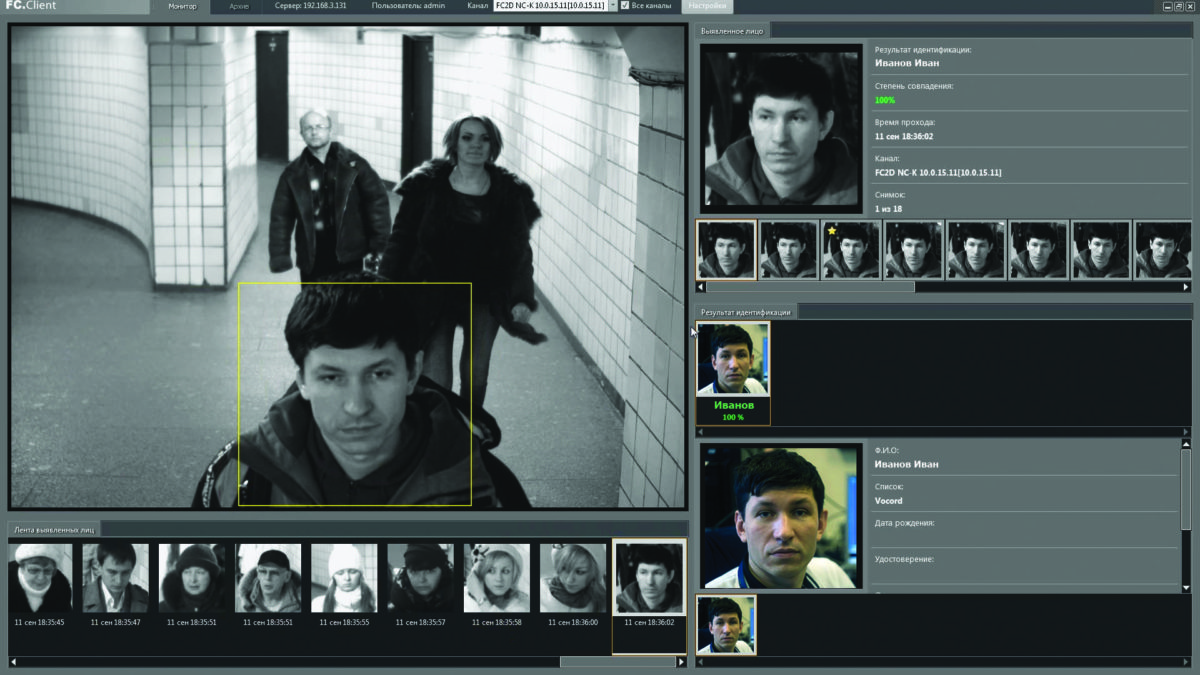In the beginning of 2017 KPMG published a report about connected cars. The title of this report is: “Connected cars are here to stay”. KPMG thus sees a great future in the concept of connected cars. But what is a connected car actually and is this innovation favourable?
A connected car is a car that is connected to the internet via a mobile data stream. This car collects all kinds of data, such as driving behaviour or gas usage. Via the internet connection this data can be send to multiple parties, like the car company or the driver itself. The data can be used to optimize the performance of the car or to predict malfunctions. Additionally, the data can be used to prevent traffic jams or to predict when an accident happens. All this information can be very useful for certain parties and can really change the car industry.
It is expected that in 2020 there will be 381 million connected cars on the road. The market potential for the connected car is huge. Forecasts say that the market of the connected car will be worth 15 billion USD. Most big car companies already invest in the connected car. Part of the reason for this is the valuable a connected car can provide. With this data the recall rate of a company can for example be reduced.
Besides all the benefits of the connected car, there are also some dangers. The data a connected car provides can be very harmful if this falls in the hands of criminals. Criminals can for example use this data to see whether people are home or not. Also, it gets more likely that a car can be hacked. With the connection to the internet, a car is vulnerable for a hacker attack. This can get really dangerous if cars will drive itself in the future. A hacked car can then purposely cause an accident. The chances that these things happen are very low. It is, however, good to also take the dangers of a connected car into account.
KPMG. (2017). The connected car is here to stay. Retrieved from https://assets.kpmg.com/content/dam/kpmg/nl/pdf/2017/sector/automotive/the-connected-car-is-here-to-stay.pdf
Meola, A. (2016, December 20). Automotive Industry Trends: IoT Connected Smart Cars & Vehicles. Retrieved from http://www.businessinsider.com/internet-of-things-connected-smart-cars-2016-10?international=true&r=US&IR=T


